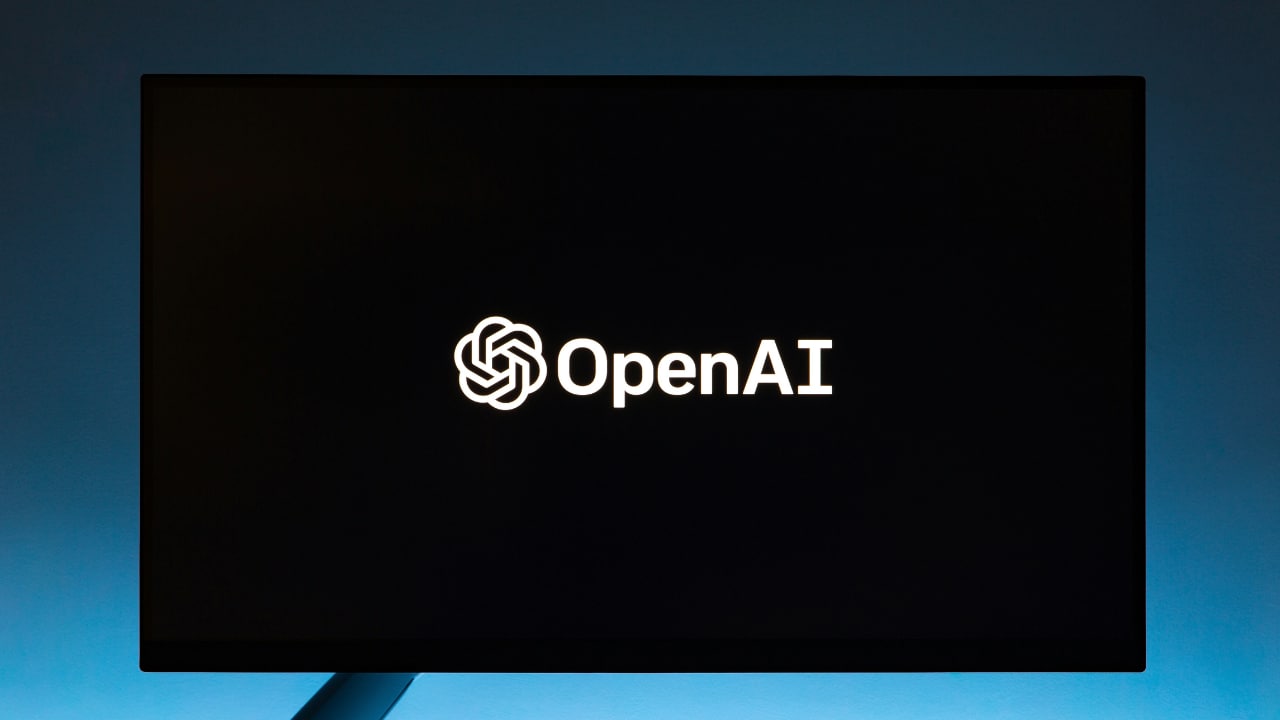Ten years after its inception, OpenAI has undergone a rebrand that refreshes its visual identity without alienating its established audience. The update includes a new typeface, wordmark, symbol, and colour palette that lend the company a more cohesive and organic look. Despite these updates, OpenAI assures partners, resellers, customers, developers, consultants, publishers, and other third parties that the changes are subtle, keeping the overall brand familiar. Among the updates is the launch of OpenAI Sans, a custom font designed to reflect the new brand identity.
Branding guru Harish Bijoor likens OpenAI’s rebrand to a “DeepSeek moment,” emphasizing its depth and intentionality.
“OpenAI has risen to the occasion, OpenAI itself has had a DeepSeek moment of its own. It has acted quick and fast. If you see the visuals, in the manner in which OpenAI has gone back to the drawing board, the depth of search imagery is distinct,” says Bijoor.
This theme of intentional simplicity is echoed by Ashwini Deshpande, Co-founder and Director, Elephant Design, who appreciates the philosophy behind the rebrand.
They are saying, “We wanted to create beauty in nothingness,” which is a very interesting thought, observes Deshpande.
“In the era of information and image overload, I am relieved to see that OpenAI rebranding has stayed minimal and not gone overboard with colours or details. I really like the simplicity of OpenAI Sans font. It is nuanced but easy on the eye. Consistency being the key where anyone and everyone is trying their hand at AI, the approach of streamlining all their assets would work well. The market may be competitive, but I believe they will compete on technology, not aesthetics. A clean and simple visual identity is a good call,” adds Deshpande.
OpenAI’s design leads, Veit Moeller and Shannon Jager, shed light on the struggles that necessitated this rebrand. They explained that the company had long suffered from a disjointed presentation — using an inconsistent range of fonts, marks, and colours.
In addition to addressing inconsistencies, the rebrand also explores how AI-generated tools can integrate into branding, a point highlighted by Arnab Ray, Executive Creative Director, Landor India. He notes that AI tools must be thoughtfully integrated to genuinely enhance storytelling and brand expression.
Even though OpenAI’s rebrand aims to fix its “disjointed presentation,” sometimes this very pursuit of visual uniformity stifles creativity and limits the organic evolution of a brand’s identity.
While visual consistency is key, Ray warns against stifling creativity in the pursuit of uniformity.
“The world is a cluttered space. Brands need visual signifiers and consistent use of assets to build memorability in the mind of people. What successful branding does is create fixed assets but flexible usages to keep content fresh. Also, a logo or colours are not branding alone—it is a gamut of things that include voice, type, imagery, sonic, experience, amongst other things,” Ray shares.
Successful branding balances fixed assets and flexible usage to maintain freshness and memorability.
According to Ray, branding is evolving to avoid containers and fixed graphic devices that can limit usage but ensure their assets are canvases for expression and play.
AI tools, though transformative, remain supportive, with human creativity at the core of the design process.
“I don’t think AI tools are central to creative processes or should be. The human mind, a piece of paper, and a pencil/pen are still the core. AI is helping as a tool to bring to life ideas that used to take really long to execute or to open up newer visual possibilities that one could imagine to create. As far as OpenAI visual language is concerned, the juxtaposition signals human progress powered by tech. A good blend for them as ultimately AI needs to help further our evolution and state of being or possibilities of creations. For other brands, AI will be considered for sure to develop expression and experience, as long as it helps further the story they want to tell and not be superficial,” Ray states.
Neelakshi Mondkar, Creative Director, ADK India, adds another dimension, discussing how elements like typefaces shape user perception. In an era where brand differentiation is paramount, a typeface alone may not be enough to redefine perception and could be seen as superficial window dressing.
“Introducing their own typeface is not uncommon considering global companies rebrand and create their own typefaces. A typeface can help redefine brand perception on a subconscious level. Though it may seem subtle on the surface, when it all comes together with other brand elements, it subtly does affect a user’s perception of the brand and its interfaces,” says Mondkar.
Streamlining a visual identity requires a future-centric design approach that adapts to technological and market changes.
With the ever-evolving digital landscape, where the kind of technology, platform, and sizes keep changing, Mondkar suggests the design approach to a brand has to be more future-centric, open, and fluid to accommodate the variations and changes without losing its brand essence. “It’s a thin balance between staying true to the brand identity and the evolution of it to the market change.”
Read More:India is our second biggest market: OpenAI’s Sam Altman
